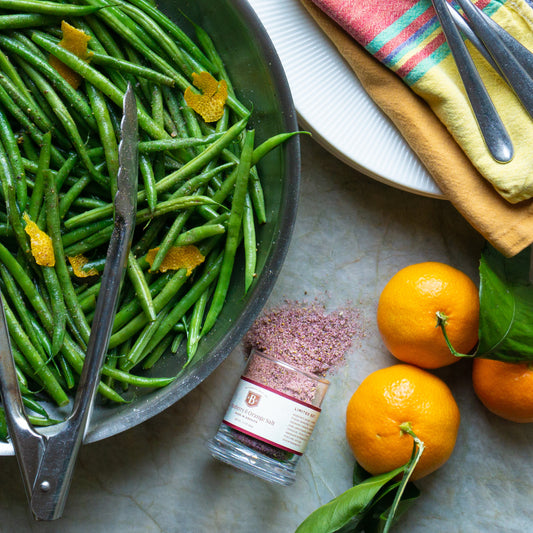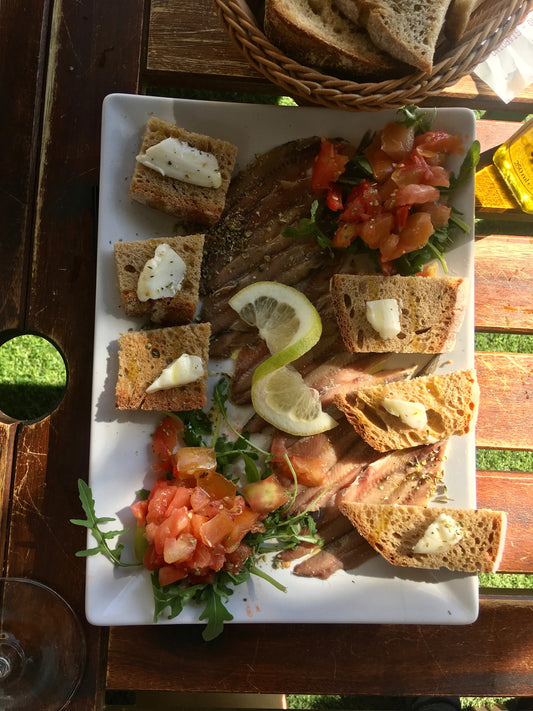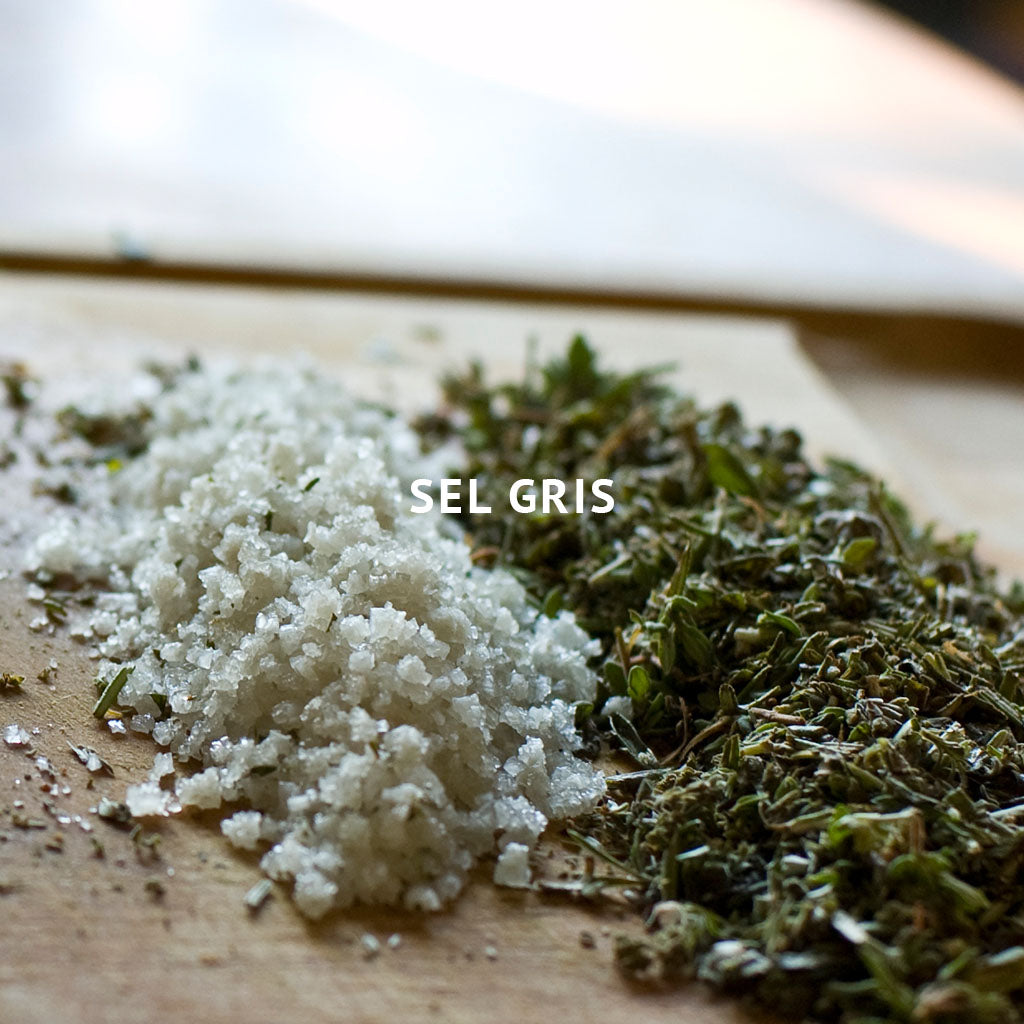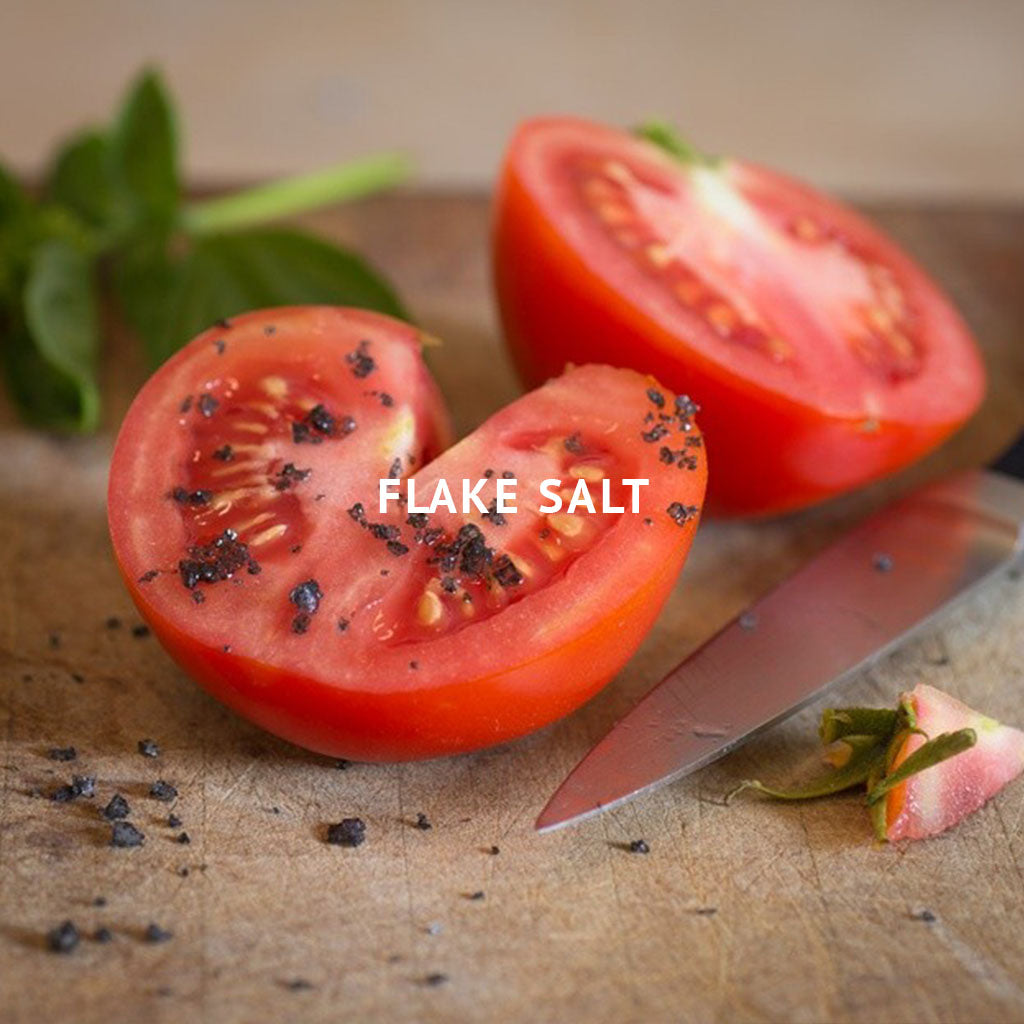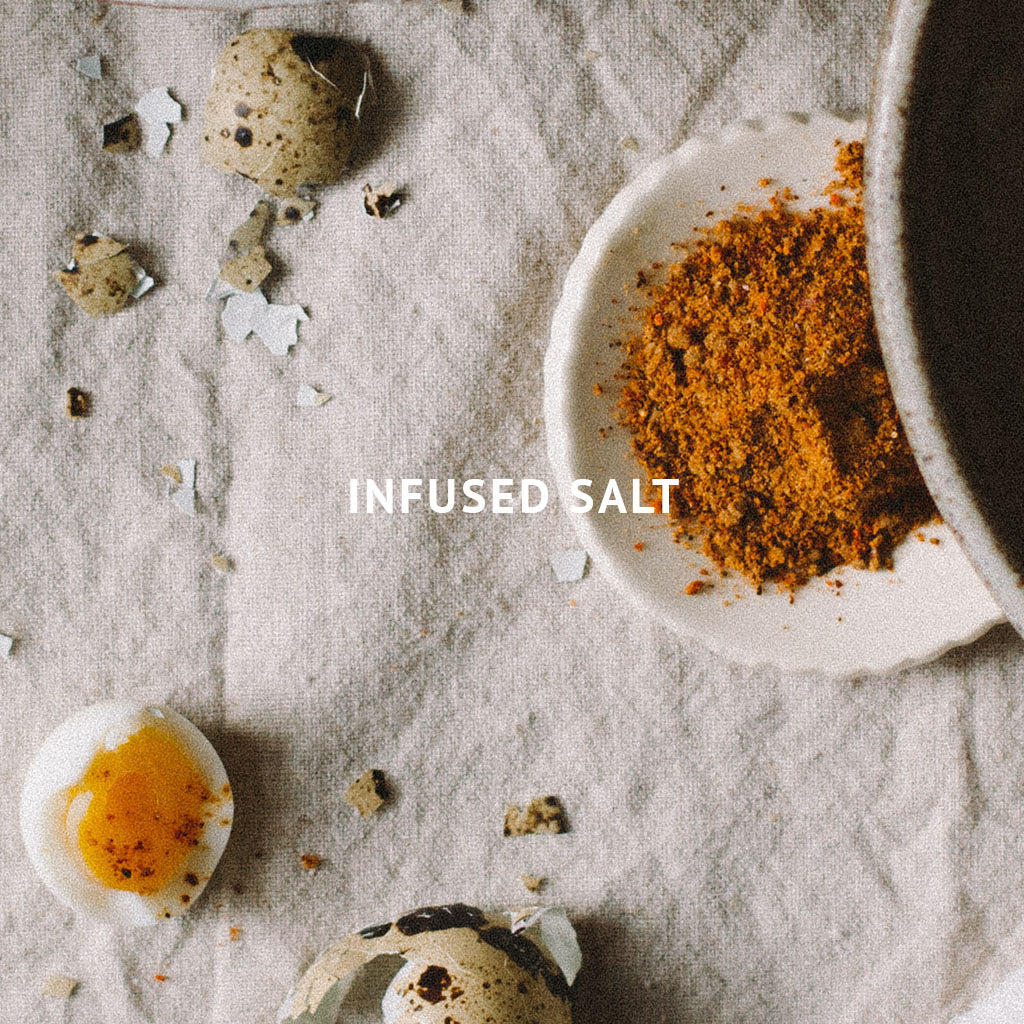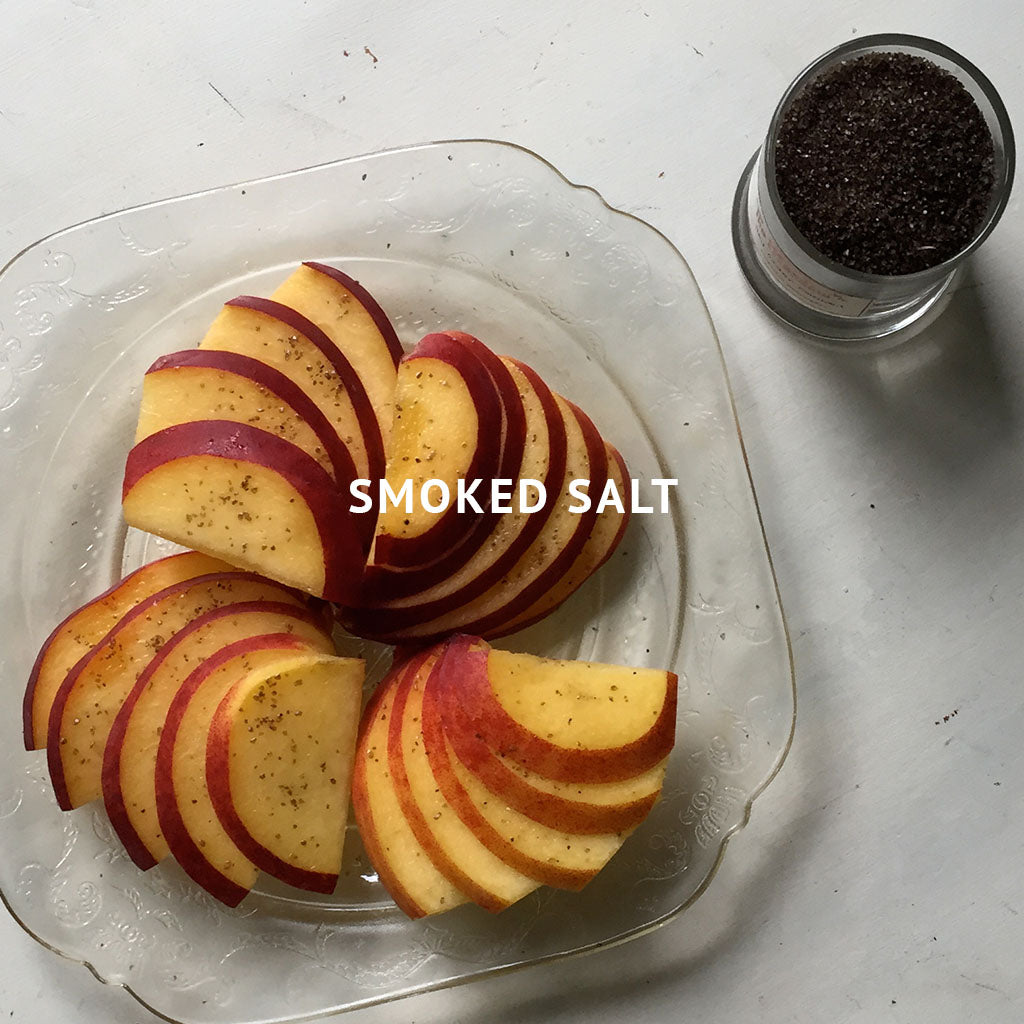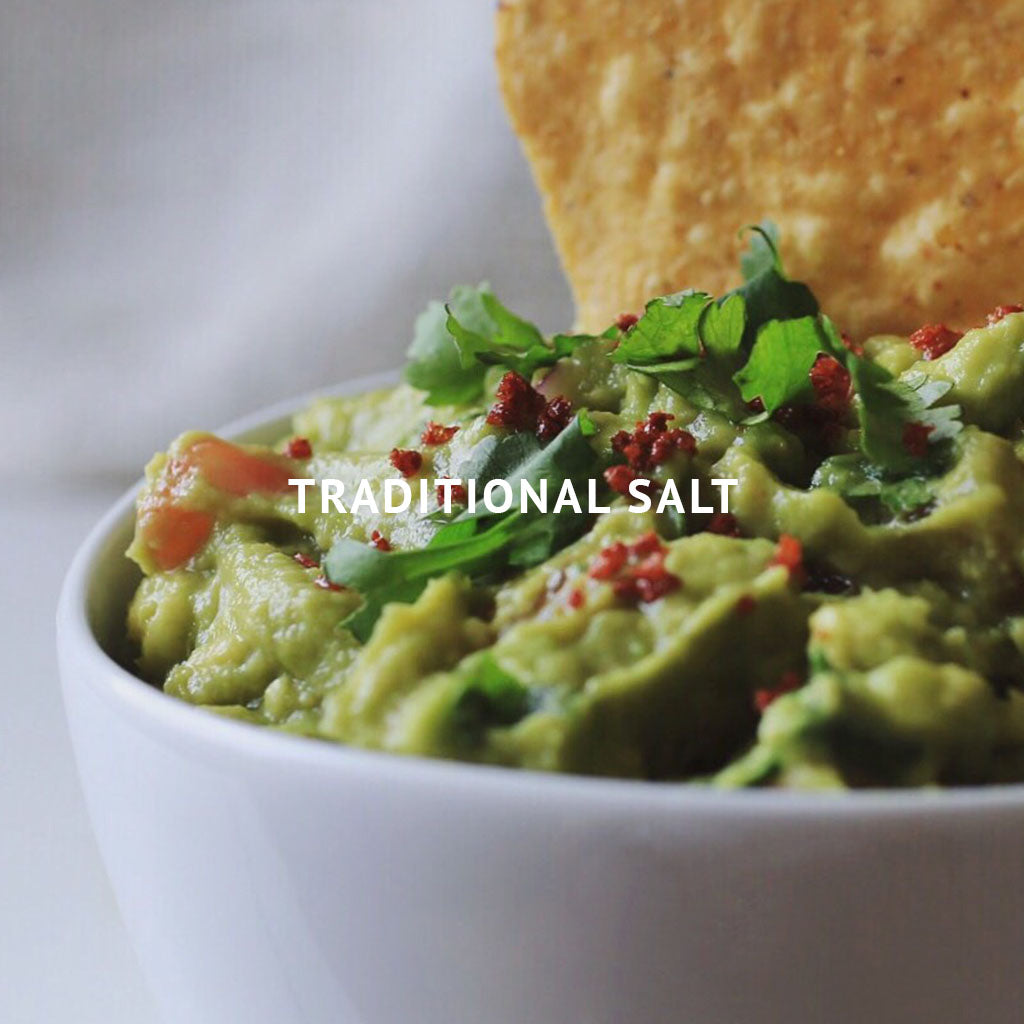I purchased this item for my boss (the guy that has everything!) and as a budding foodie, he was super impressed with the all the selections. A definite hit! Additionally, I had a little hiccup with some items that didn't ship and the customer service/resolution was totally painless and expediently resolved. A+
What started as a stocking stuffer for my wife for Christmas turned into a fun evening event tasting a great mix of chocolates from around the world. While we have our favorites the amongst the offering, each bar had its own qualities and distinction to make each taste along the flight enjoyable. And it is proof a vegan alternate is not a sacrifice. In fact it may be superior!
How cute! There are so many wonderful vegan chocolate bars out there. We're so happy you two enjoyed our selections! Thank you for this thoughtful review :)
We've been getting the chocolate club shipments for a while and they've always been great. Recently, The Meadow changed up the club to make it have fewer spaces available so they could include more rare bars that don't make it to the normal inventory, and it's made an already great deal even better. The notes on the individual bars are fantastic and there is much more evidence of curation. The bars have all been fantastic - for December, we got a Dick Taylor seasonal bar, a Meadow seasonal bar, and Ritual's first ever milk chocolate bar - none of which were available individually on the site at the time the shipment came. We shifted from an every other month delivery to an every month delivery because it was so worth it! We highly recommend the chocolate club!
Andy! Thank you so much for this lovely review. We are thrilled to hear your are loving the new Chocolate Club and can't wait for you to experience what we have lined up.
Hello,
I have to say I love shopping at the NY location but this experience with an expensive, important holiday gift has been very difficult. The website instructions for the card in the gift are unclear, the shipping tracking has been terrible and, while out of your hands, the package was attempted at a time when the place was closed and can now only be rescheduled for next week.
I requested no bitters and am guessing from other reviews that they will be included.
Super disappointed in the client services, especially for this time of year and amount of money I have spent at The Meadow, here and in NY.
I also wrote a letter to customer service a few days ago and no response.
Thanks.
Hi Rachel, we are so sorry to hear your gift took longer than expected to be delivered to its recipient. We shipped your order via UPS priority on December 16th from Portland, OR, which should have arrived in more than enough time in our experience. Unfortuneately we have no control over UPS' handling of packages after this point. Our tracking does show that delivery was attempted on December 23rd which was within our guaranteed delivery window. As you noted, open hours of the receiver are outside of our control, as is shipping tracking which is through the carrier (UPS in this case.)
We pay close attention to order notes, and if you requested no bitters, they should not have been included. Please let us know if this was not the case once package is received!
We understand that this was a frustrating experience and sincerely hope your gift is received with delight upon delivery. We hope to continue to welcome you into our New York shop and that any future online orders reach their destinations safe and sound.
I have visited both of your locations during the posted hours of operations and for each location I encountered a locked door with a sign explaining why the business was closed for one reason or another. One time it was because there was a staff meeting taking place (and I could see the staff standing at the register talking) and another time it was because the staff person was in the back of the store. It was also very challenging to get assistance and support with my order during the purchasing process.
Dear Zack,
Thank you for bringing this to our attention. We sincerely apologize for any inconvenience you experienced during your visit to our shop. We strive to ensure that our doors are open during our posted hours of operation and we understand how frustrating it can be to encounter a locked door. As a small business that has one shop keeper per location most days, we take the opportunity to connect with each other once a week in a vitrual meeting for 15 minutes on Thursdays from 10:45am to 11am PST. We put a sign on the door with a 'complimentary' chocolate bite coupon as a way to say 'thanks for bearing with us' and hopefully spark a little joy and counter any frustration. We understand that this was not your experience. Please know that we value your feedback and will use it to improve our customer service.
Best regards,
The Meadow Team


